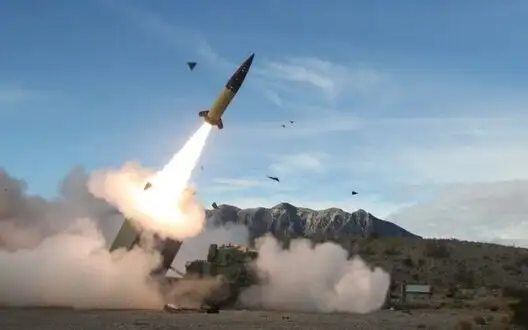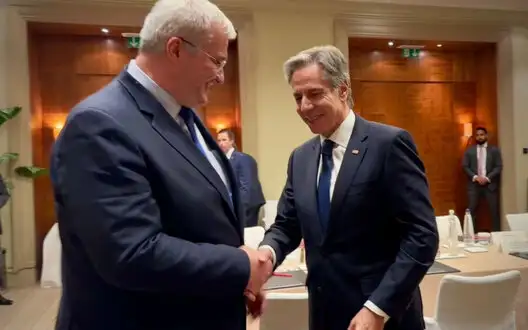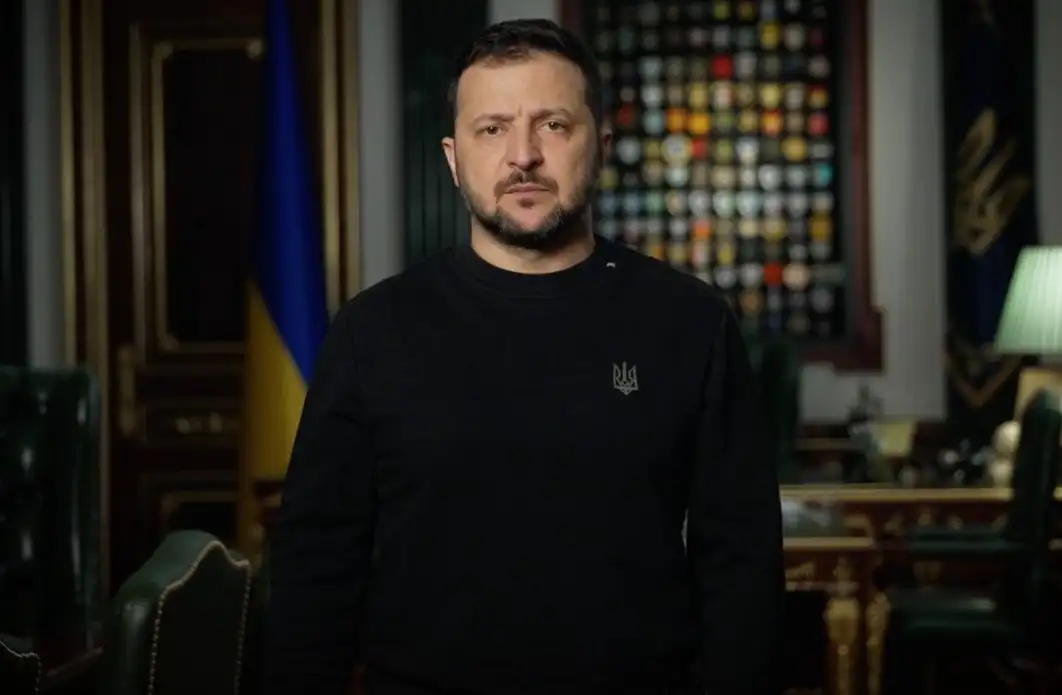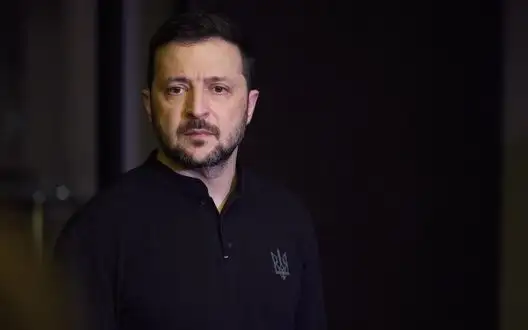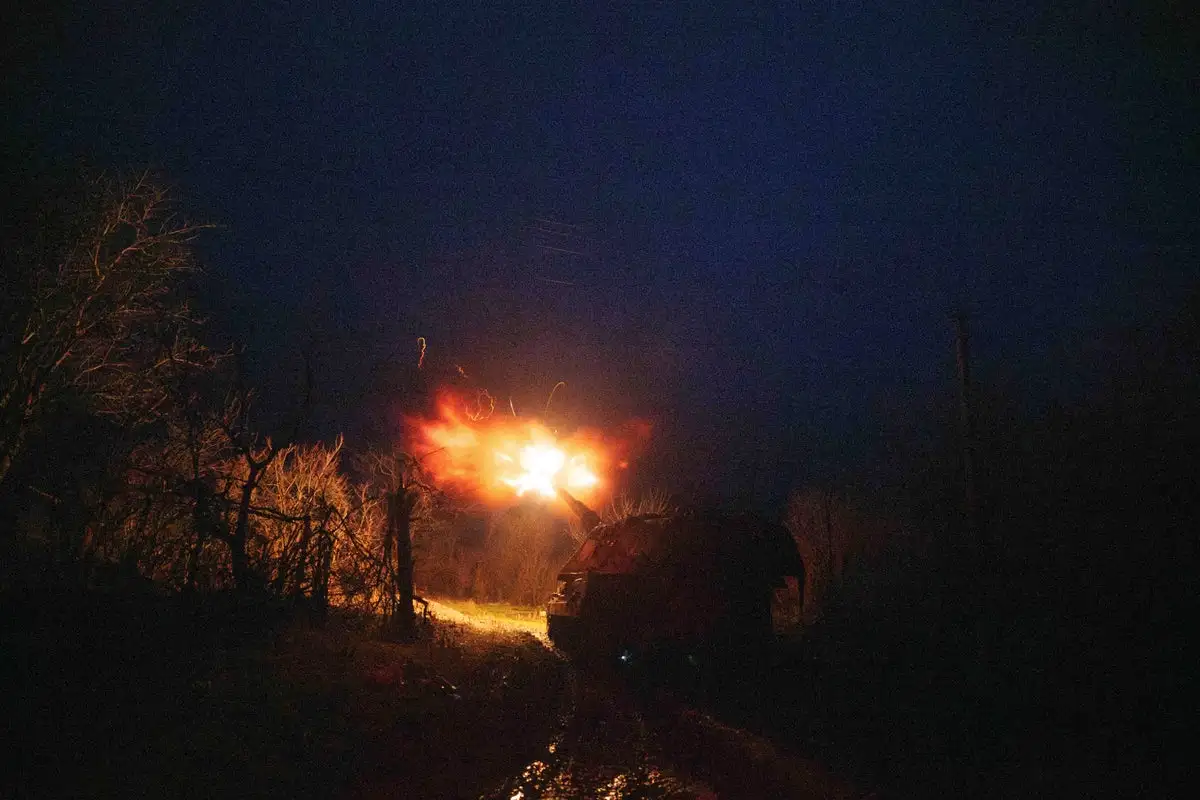Russia relies on Western equipment to produce its newest Oreshnik missile – FT
www.pravda.com.ua
Fri, 27 Dec 2024 09:35:34 +0200

The Financial Times FT has investigated what Western companies equipment is used by Russia to produce the Oreshnik intermediaterange ballistic missile.
Source FT Quote Vladimir Putins experimental Oreshnik missile fired against Ukraine last month was made by Russian companies that still rely on advanced Western manufacturing equipment, according to FT analysis.
Details The newspaper reports that two leading Russian military engineering institutes, identified by Ukrainian intelligence as the developers of the Oreshnik, have been seeking employees experienced with metalworking systems from German and Japanese companies.
Specifically, the job openings at the Moscow Institute for Thermal Technology MITT and Sozvezdie, tracked by the FT, underscore Russias continued reliance on foreign technologies despite the sanctions imposed by the West.
The reliance is particularly pronounced in the field of computer numerical control CNC, a technology vital to the Oreshniks production that allows factories to rapidly shape materials at high precision by using computers to control the tools, the newspaper said.
The Financial Times discovered that the 2024 announcements from MIT, Russias leading institute for solidfuel ballistic missile development, specify their adherence to Fanuc, Siemens and Heidenhain systems.
Fanuc, a Japanese company, along with German firms SIEMENS and HEIDENHAIN, all produce control systems for highprecision CNC machines.
The same three Western companies are mentioned in Sozvezdies advertisements, which list automated control systems and communication systems for military use as one of its specialisations.
The advert requires knowledge of CNC systems Fanuc, Siemens, Heidenhain sic.
A video released earlier this year by Titan Barricades, the third defence company involved in the Oreshniks production, features a worker standing in front of a control device labelled with the Fanuc brand.
Russia has long relied on foreignmade machine tools, despite efforts to build domestic alternatives.
While the Kremlin has been sourcing large volumes of highprecision metalworking machinery from China, the controls to operate them continue to be sourced in the West, the FT writes.
The newspaper reported that, in 2024, eight Chinese companies showcased 12 CNC device models at a major Russian trade fair.
An analysis by the Economic Security Council of Ukraine revealed that 11 of these models were equipped with controllers made in Japan or Germany.
Job advertisements also reveal that Stan, a leading Russian firm in the push to develop a domestic CNC industry, uses Heidenhain equipment.
Stopping the flow of CNC controllers and machinery to Russia has been a priority for Kyivs allies.
CNC devices and components are on the socalled common highpriority goods list of items which they particularly wish to deny to Moscow, the FT says.
Although export controls have slowed the flow of these goods to Russia, an FT analysis of Russian declarations reveals that since the start of 2024, Russia has received shipments worth at least US3 million, including Heidenhain components.
Some of the recipients are closely involved in military production.
One of the shipments was listed as being for a system that included Heidenhains new TNC640 control unit, which was manufactured in 2023.
According to Heidenhains website, the TNC640 defines the highend spectrum of control technology within its field and enables combined milling, turning, and grinding operations.
The US345,000 machine was sent via China to Baltic Industrial Company, a Russian firm under US sanctions with a history of supplying CNC machines to the defence sector.
Heidenhain and Baltic did not respond to requests for comment.
Siemens stated that they do not compromise on sanctions compliance and investigate any indications of circumvention . . . and involve the necessary and relevant authorities.
Fanuc confirmed that the machine shown in the Titan Barricades video resembled theirs, although they pointed out that it appeared to be an older model.
They stated they have enhanced vigilance and controls within our export control processes to prevent potential diversion of technology or equipment to Russian entities.
Background Ukraines Air Force noted that during the missile attack on the city of Dnipro on 21 November, Russia used an intercontinental ballistic missile.
Ukrainska Pravda sources reported that it might have been a Rubezh missile, a potential carrier of nuclear warheads.
In his address on 21 November, Kremlin leader Vladimir Putin indirectly confirmed reports, stating that during the 21 November attack on Dnipro, Russia used a mediumrange missile dubbed Oreshnik by Putin.
The United States officially confirmed that Russia struck Dnipro with a ballistic missile based on the RS26 Rubezh intercontinental ballistic missile.
On 22 November, Defence Intelligence of Ukraine stated that Russia launched a ballistic missile, likely from the Kedr missile system, against Ukraine.
On 28 November, Putin announced the start of mass production of the Oreshnik system.
The Kremlin leader said he could use the Oreshnik missile against decisionmaking centres in Kyiv.
Support UP or become our patron




